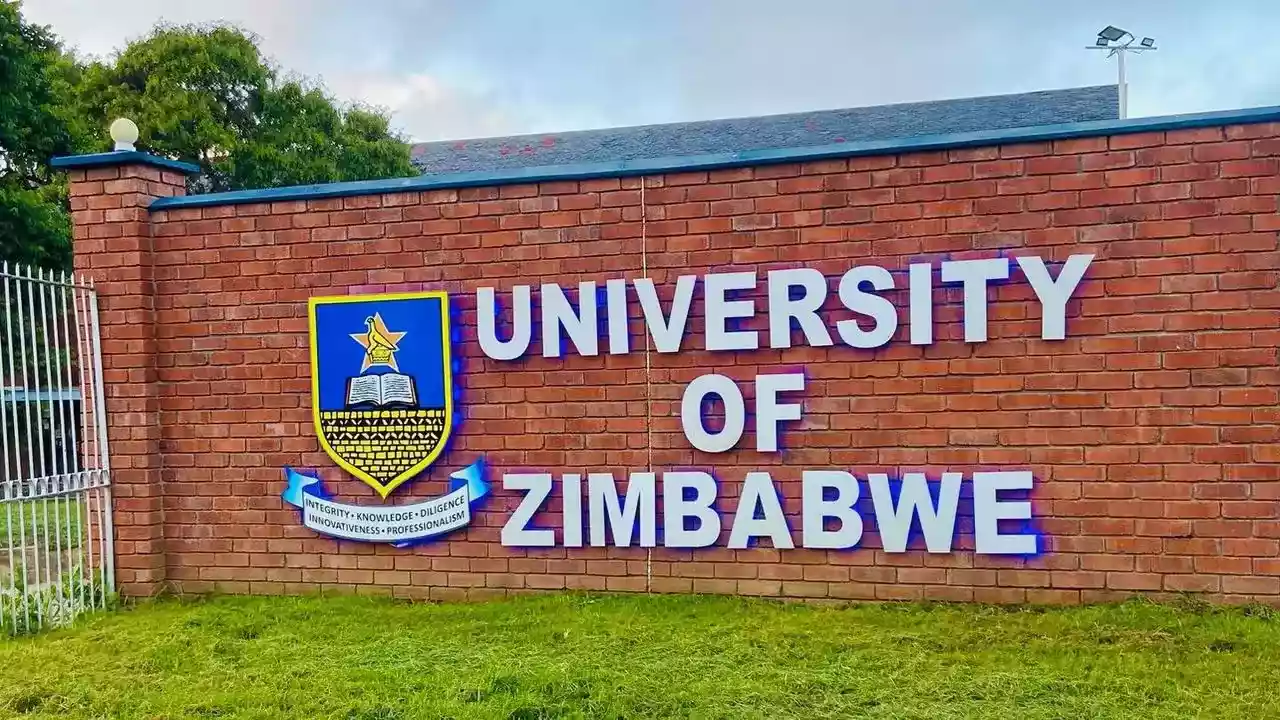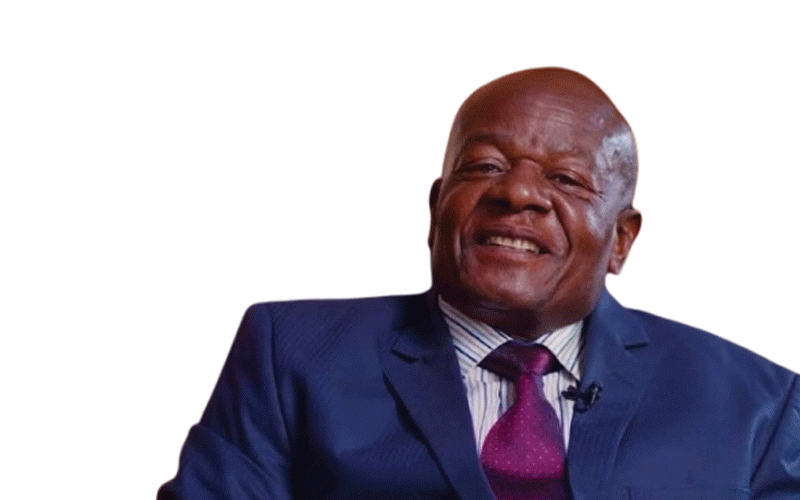
It’s been months since lecturers at the University of Zimbabwe, the country’s oldest and most prestigious university, stepped aside.
Their salaries, eroded by inflation and currency devaluation, could no longer cover their basic needs, they said.
That was in April, and there’s no sign yet that they’ll return to their lecture halls.
“We have been betrayed and no longer have passion for our work,” says J.T., a lecturer who has taught at the university for more than 10 years.
He asked to be identified only by his initials for fear of retaliation from the institution.
The indefinite strike has left thousands of students struggling.
Many are trying to study on their own but are uncertain if their lecturers will ever return to work.
The University of Zimbabwe’s registrar’s office did not respond to a Global Press Journal request for comment.
- Education 5.0: Blessing or curse for UZ students?
- UZ in fees shocker
- Deliver free education, govt told
- Police break up UZ protests
Keep Reading
But in May, the office issued a statement saying the issues lecturers had raised were legitimate and the university is working with the government to address them.
However, Obvious Vengeyi, a professor and spokesperson for the Association of University Teachers, says that in June, the university dismissed him and three other executive members of the association.
All had been leading the strike. The university, he says, has also hired adjunct lecturers to fill the gap left by striking lecturers, and some contract lecturers have returned to work.
Narshon Kohlo, chairperson of the Zimbabwe National Students Union at the University of Zimbabwe, says this is only a stopgap measure — one that’s failing students.
“Some of them are just recent graduates,” he says, adding that they lack experience to adequately fill the gap. Students who began the semester with their regular lecturers have been left without continuity, and not all have been assigned replacements.
Problems extend beyond the university. The country’s struggling economy has hollowed out many of its institutions.
Hospitals face worrying shortages of medicine and staff. Primary and secondary schools struggle to retain teachers. And that sector’s higher education system, once a model on the continent, is now losing its footing.
Years of hyperinflation, currency instability and dwindling government support have stripped the institutions of resources, slashed salaries and driven professionals out of the country.
Experts worry about the long-term damage this might cause a country already grappling with economic collapse.
“If you destroy the education system, you have destroyed the foundation for a viable and sustainable economic system,” says Eldred Masunungure, a political scientist.
In the 1980s — the decade after independence — the University of Zimbabwe, the first ever in the country, was rated among the best in Africa.
It was heavily subsidized by the government with minor support from donors. Around this time, the government also provided grants to university students.
Soon after independence, the country had the highest-educated workforce and one of the highest literacy rates in southern Africa.
Demand for education grew rapidly. Then-President Robert Mugabe’s government began implementing an ambitious program in 1996: to build a university in every province in an effort to address colonial inequalities and expand access to higher education.
But the government lacked resources to fully fund all the universities.
In the 1990s, supported by the World Bank and other multilateral institutions, Zimbabwe adopted the second part of an economic adjustment program.
The government slashed spending on public universities and stopped student grants to state institutions.
By 2001, the government had introduced fees in post-secondary institutions to help cover costs.
Over time, Zimbabwe’s economic fortunes have worsened, further weakening the government’s ability to support its 13 state universities.
In the last decade, the government has slashed the higher education budget, with its share of total government spending falling by more than half, from 6.9% in 2016 to 3.2% in 2025.
An unstable currency system and other economic shocks have made it difficult for public institutions that depend on government funding to function effectively, says Godfrey Kanyenze, founding director of the Labour and Economic Development Research Institute of Zimbabwe.
The country, he says, has been trapped in a loop of economic instability since the Zimbabwean dollar crashed in 1997 and again in 2008.
While there was some stability between 2009 and 2013 after the government introduced a multi-currency system, 2018 was a major turning point.
That year, the government replaced United States dollars with a new local currency, claiming it was equal in value to the US dollar.
However, the local currency quickly collapsed, wiping out people’s savings, driving prices up more than fivefold and shattering public trust in the banking system.
Like many workers in the public sector, lecturers were severely affected, and they say they have never recovered.
Vengeyi says that this 2018 move slashed the value of lecturers’ salaries by nearly 90%, from US$2,250 per month to US$230 per month.
The country has experienced several currency changes since, but the local currency’s value against the US dollar has continued to erode.
By end of March 2024, the exchange rate had fallen so far that one US dollar was equivalent to nearly 20,000 Zimbabwean dollars.
The next month in an attempt to stabilise the situation, the government issued yet another new currency — dubbed Zimbabwean gold — which is backed in part by the government’s gold reserves.
But the value has halved since then, and people mostly use (and prefer) the US dollar.
The government has tried to help civil servants cushion these economic shocks, but lecturers say the fixes haven’t helped. In January 2020, the government introduced an allowance to civil servants paid in local currency, ranging from 400 Zimbabwean dollars to 800 Zimbabwean dollars per month.
Then in June that same year, the government introduced a US$75 monthly allowance. By 2023, the allowances reached about US$300 per month.
These allowances were not subject to tax. However, in 2024, the government folded these allowances into regular salaries, meaning they’d be taxed, further reducing employees’ income.
The ongoing strike at the University of Zimbabwe is just one example of the accumulated frustrations across the country’s universities over the crumbling economy.
What many lecturers earn now can barely sustain a basic life, sapping their motivation, Vengeyi says. This in turn, he says, affects the quality of teaching and research.
Although Zimbabwe maintains a high research output in sub-Saharan Africa, after South Africa and Kenya, the quality and impact is low, according to a 2020 World Bank report.
“Without institutional, financial and other support mechanisms, the [educational] product is defective,” Vengeyi says. “What quality can come from someone whose children cannot afford health care, food, clothes, education?”
Some lecturers have turned to side jobs to make ends meet. Some even sell a variety of goods on campus. “Women use their handbags as tuckshops,” Vengeyi says. “Some sell vegetables, tomatoes, perfumes and the like.”
J.T. says the chicken-rearing projects and other small businesses he invested in back when he earned well have been sustaining him.
Others are leaving, Kanyenze says.
Accurate data is hard to come by, but anecdotal evidence suggests that, much like in the health care sector, professionals in the education sector are leaving for better opportunities abroad.
Vengeyi says since 2018, when salaries plummeted, most departments at the University of Zimbabwe have lost at least five senior lecturers. In J.T.’s department, 10 out of 18 lecturers have left for opportunities abroad.
“It is a huge loss to the country,” Vengeyi says. “It is Zimbabwe that spends resources training citizens, but other nations benefit without spending anything.”
To maintain its manpower, policymakers need to budget appropriately for all institutions of higher learning so they “do not decay,” Masunungure says.
“The decay of such institutions will inevitably result in the decay of the economy and the whole national ecosystem.”
The prolonged strike has been destabilizing, says Tinotenda Kahenga, a first-year pharmaceutical chemistry student.
“This is very tough and stressful for me.” Like others among thousands of students enrolled at the university, he has spent weeks studying alone or with classmates.
But Kohlo, the chairperson of the Zimbabwe National Students Union at the University of Zimbabwe, doesn’t blame lecturers for leaving students adrift.
“They have a right to fight for fair salaries, not the slave wages they are currently getting,” he says, adding that it’s the university that’s responsible for providing students with education “in return for the exorbitant amounts of fees that they charge.”
Meanwhile, the student body has written to the administration several times about the disruption the strike is causing and has held “peaceful protests” of their own, Kohlo says. The response? He and six other students were arrested and charged with disorderly conduct, though they were released later that day. – Global Press Journal











